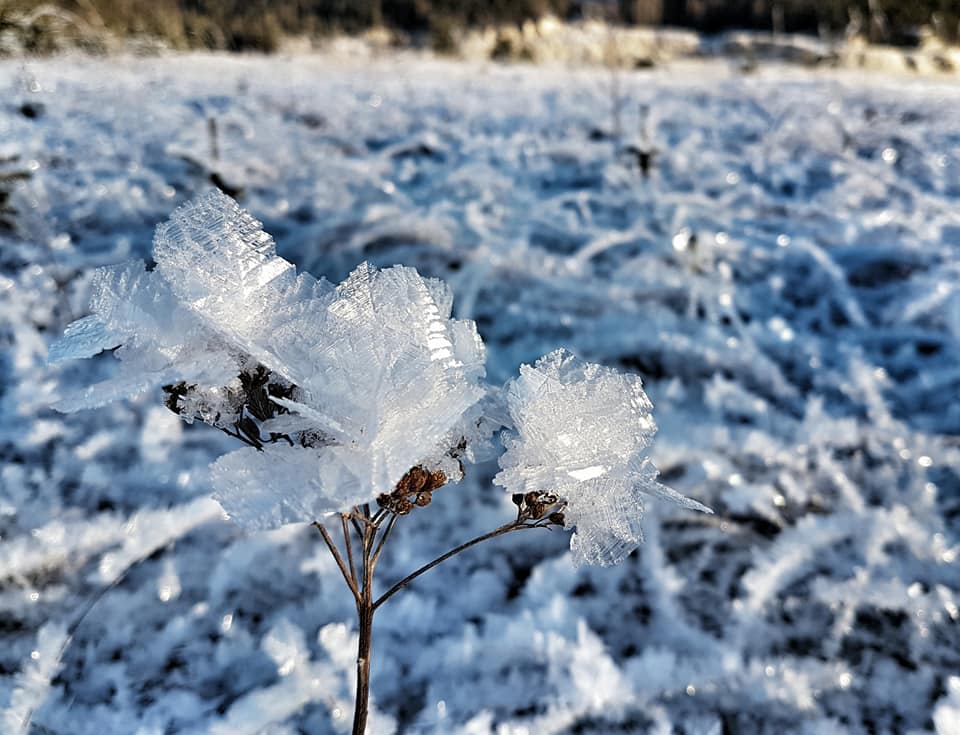The Many Colors of Ice

Here is some white ice in Dyea. It’s white because of air bubbles that form around impurities. Ain’t nature something!
Water can appear in all sorts of different colors. The ocean can be deep blue or bright green. Lakes are sometimes crystal clear but may also be gray or brown. Ice is frozen water so it makes sense that ice could appear in different colors too.
In today’s blog, we are going to explore the many colors of ice. Why? Because it’s winter in Skagway and ice is everywhere. While hiking yesterday, I slipped on some ice and fell down. That was no fun. Now I’m angry at ice. Why does it have to be so slippery?
How this is going to work
I am going to list a color, tell you why the ice looks like that color, and then relay some interesting facts. Let’s get this blog floeing! See what I did there? Ice “floe?” Get it?!
The many colors of ice explained
Clear – Newly frozen ice is clear. If you walk on a lake that recently froze over, you can see right down to the bottom like you’re walking on water. Actually, you are walking on water because ice is water. I bet you never thought of that, did you? I guess walking on water doesn’t seem like such a miracle now, does it?
Blue – We associate light blue colors with winter because snow often looks blue in low-light conditions. However, ice can also be blue. Glacial ice is blue because it’s so dense that it reflects the blue wavelengths of the spectrum. Isn’t that something!
White – Sometimes ice looks white. When air bubbles freeze in the ice, it looks white. Did you know that snow is ice? Now you do. It’s also full of air bubbles so it looks white. Ice cubes look white because impurities are surrounded by air bubbles that cannot escape from the tray when the water freezes because the surface freezes first. When a lake freezes, air bubbles can escape into the liquid water of the lake below.
Black – You’ve heard about black ice. It’s the ice that makes cars go boom when they drive over it. Has someone ever told you, “Be careful for black ice!” Well, I have news for you – there is no such thing as black ice. “Black ice” is transparent (see: clear) ice that shows the color of the underlying surface. If that surface is red, you would have to call it red ice. Doesn’t that sound silly?
If you were driving on a gray gravel road and the ice was black, you would see that ice and avoid it. However, since it’s not black but transparent, you don’t see it, the car slides, and you end up in a flaming car hurtling over a precarious cliff. Why don’t people call it “transparent ice” or “clear ice?” Good question. Seems pretty odd when you think about it.
Gray – There is no gray ice either. Sometimes when ice forms on a sidewalk people call it gray ice but that’s because the ice is clear and the sidewalk is gray. Ice on a sidewalk is dangerous because you can slip on it and break your hip. Here in Skagway, we wear ice cleats in the winter because we don’t like falling down. I forgot to put my ice cleats on when I went on my hike yesterday, which is why I fell down. I hate ice.
Pure White – Have you ever seen pure white ice? The whitest white that ever was? Behold!



